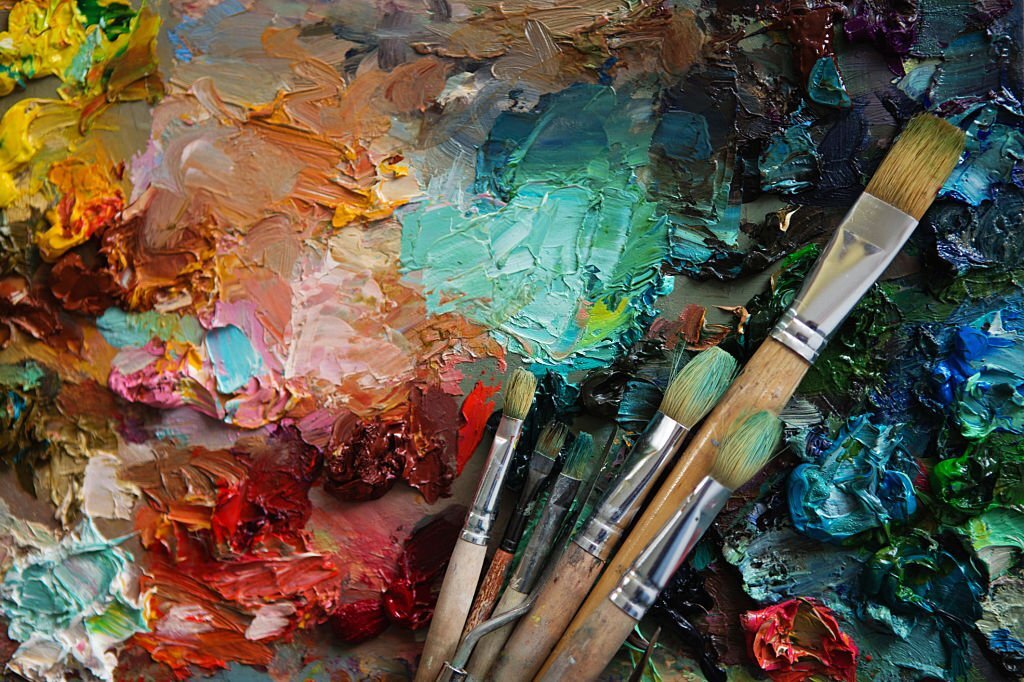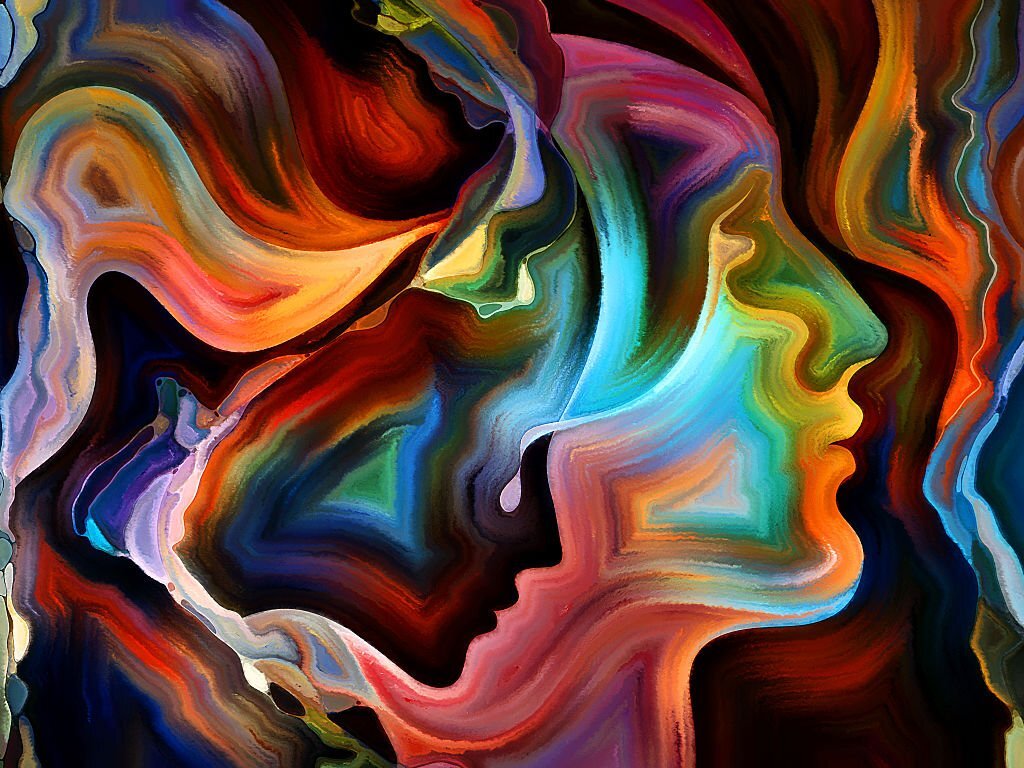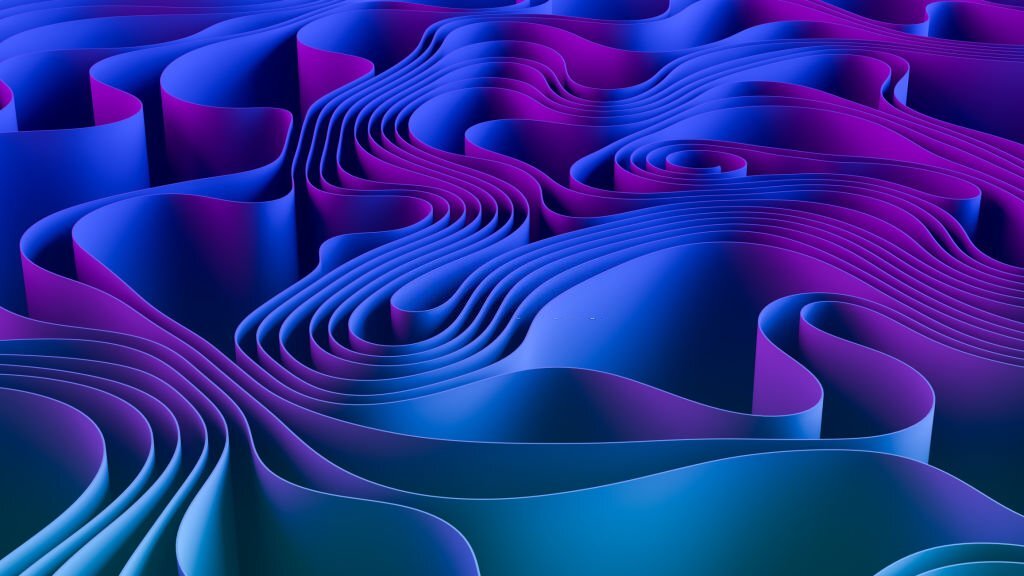Abstract art paintings have long captivated art enthusiasts and casual observers alike, sparking intrigue, curiosity, and contemplation. As viewers stand before these canvases adorned with seemingly unconventional arrangements of colors, shapes, and lines, they often find themselves embarking on a journey of discovery, seeking to unravel the mysteries that lie beneath the surface. In this exploration of “Abstract Art Paintings,” we delve into the essence of this enigmatic art form, uncovering its origins, key characteristics, and the profound emotions it evokes.
Origins of Abstract Art: Breaking Boundaries
The emergence of abstract art marked a radical departure from traditional artistic representation, challenging established norms and pushing the boundaries of creativity. Visionaries like Wassily Kandinsky and Kazimir Malevich in the early 20th century pioneered this movement, aiming to transcend the limitations of reality by tapping into the realm of pure abstraction. This shift was driven by a desire to convey emotions, thoughts, and ideas in a manner that transcended direct depiction, inviting viewers to contemplate the deeper meaning behind the forms presented.
The Language of Shapes and Colors: Expressing Emotions
At the heart of abstract art lies the language of shapes and colors—a visual vocabulary that communicates emotions and concepts without relying on realistic objects. Geometric shapes, organic forms, and spontaneous brushstrokes intertwine to evoke feelings ranging from joy and tranquility to tension and introspection. The deliberate choice of colors contributes to the emotional resonance of a painting, with each hue carrying its own symbolism and impact. A palette dominated by vibrant reds and yellows might ignite passion, while a composition awash in serene blues and greens can evoke a sense of calm contemplation.
Engaging the Viewer: The Power of Interpretation
One of the most captivating aspects of abstract art paintings is their inherent openness to interpretation. Unlike representational art, which often offers a clear narrative or subject, abstract compositions invite viewers to bring their own perspectives, experiences, and emotions to the tableau. This interactive quality transforms each artwork into a mirror, reflecting the viewer’s inner world and prompting them to engage on a personal and introspective level. What might appear as a chaotic whirl of colors to one observer could evoke a sense of harmony and balance to another.
Beyond the Canvas: Connecting Time and Space
Mysterious painting not only transcend visual representation but also transcend time and space. They have the ability to bridge the gap between the artist’s moment of creation and the viewer’s experience in the present. The spontaneity of a brushstroke frozen in time, the depth of layers and textures, and the interplay of light and shadow all contribute to an artwork’s ability to capture a fleeting moment and immortalize it on canvas. This timelessness allows abstract art to continue resonating across generations, transcending cultural barriers and fostering connections that span the ages.
Abstract Art in Modern Context: Creating Meaning
As we navigate the complexities of the modern world, abstract art continues to find resonance in contemporary society. With its emphasis on individual interpretation and emotional expression, abstract art provides a sanctuary where individuals can find solace, inspiration, and a sense of connection. Moreover, technological advancements have expanded the possibilities of abstract art, enabling artists to experiment with digital mediums, interactive installations, and immersive experiences that push the boundaries of creative expression.
In conclusion, “Unveiling the Mystery: A Journey into Abstract Art Paintings” sheds light on the profound impact of abstract art on our perception of the visual world. Through its origins, language of shapes and colors, engagement with viewers, timeless essence, and relevance in the modern age, abstract art paintings serve as a testament to the boundless nature of human creativity. As we stand before these canvases, we find ourselves part of a continuum—an ongoing dialogue between artist and observer that transcends the confines of time and reality, offering a glimpse into the intricate depths of the human experience.





